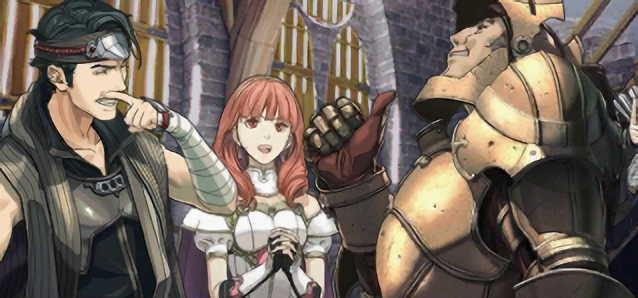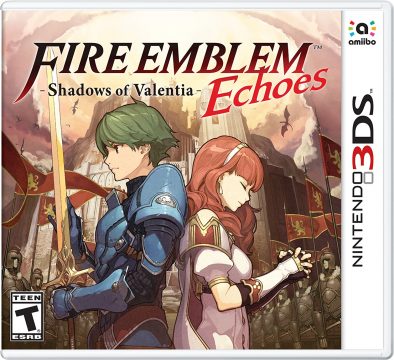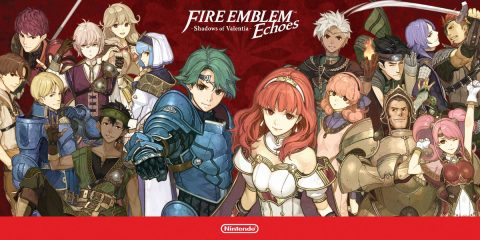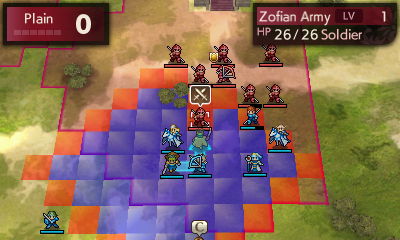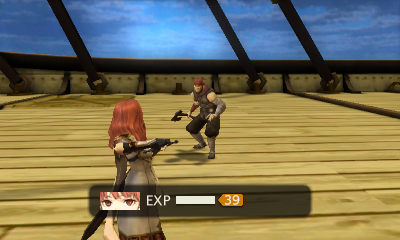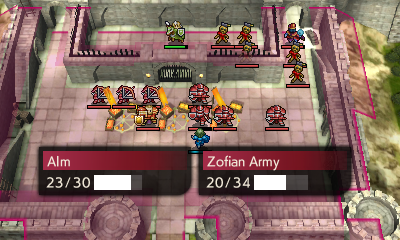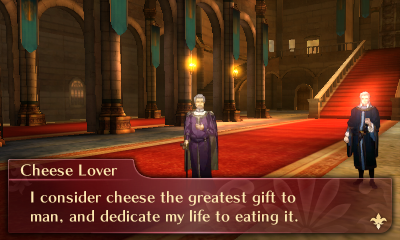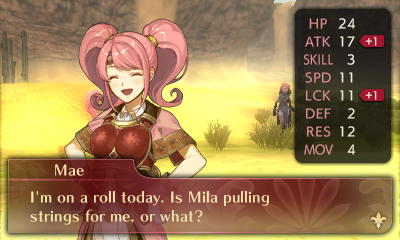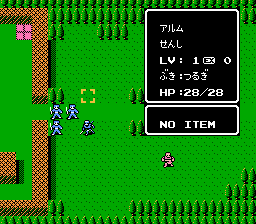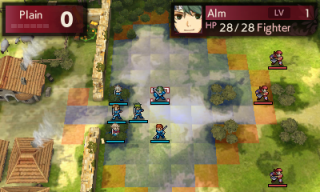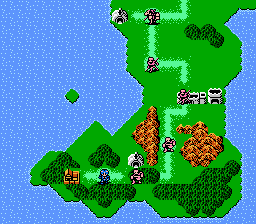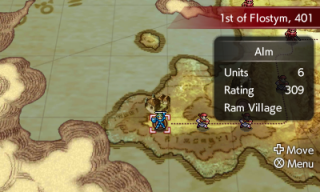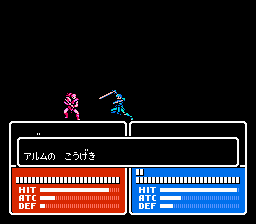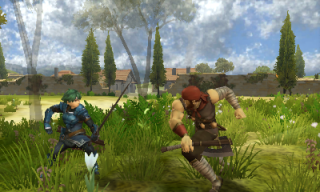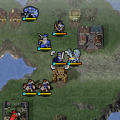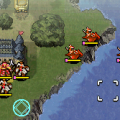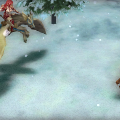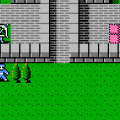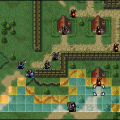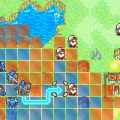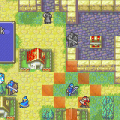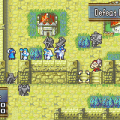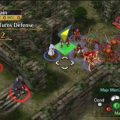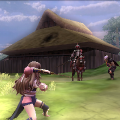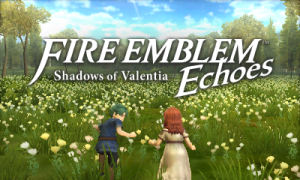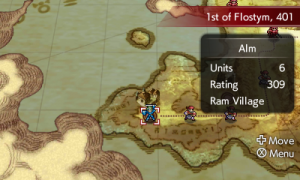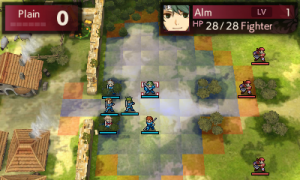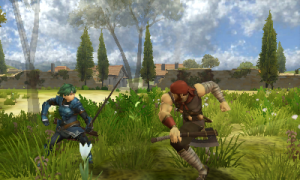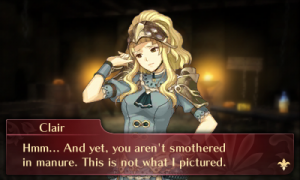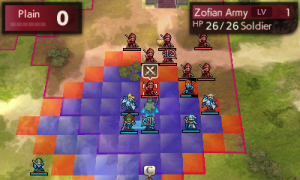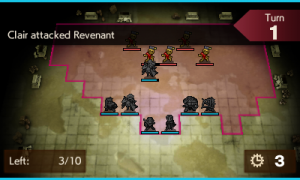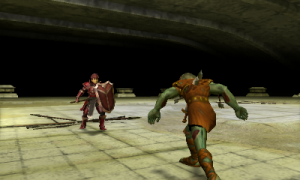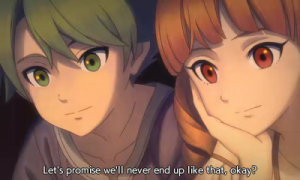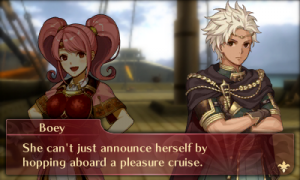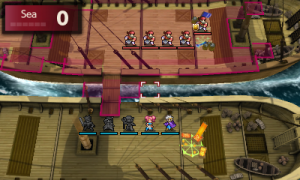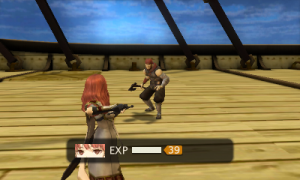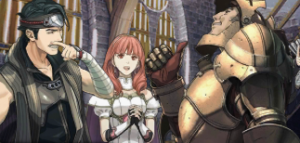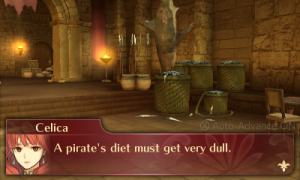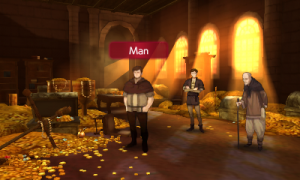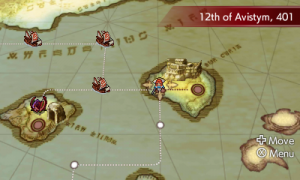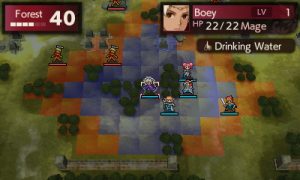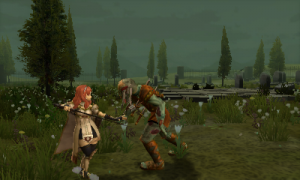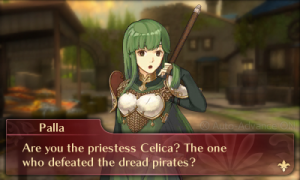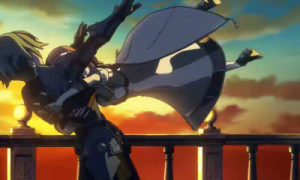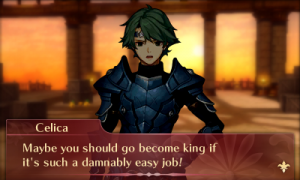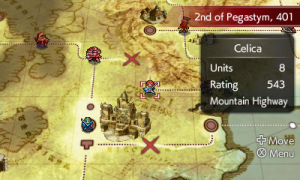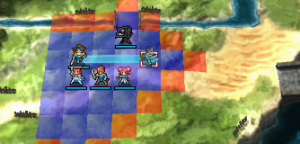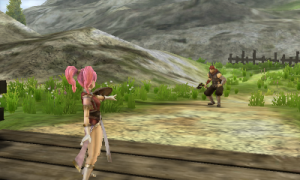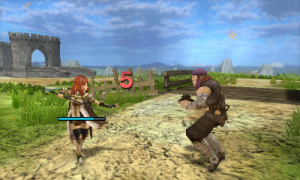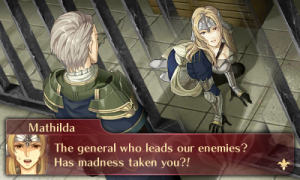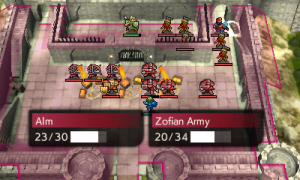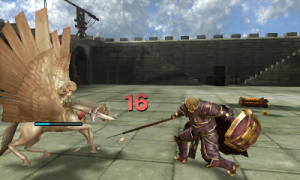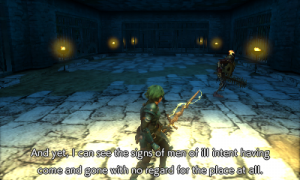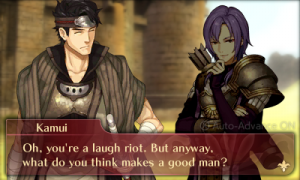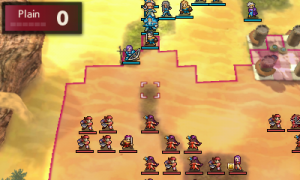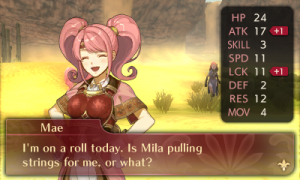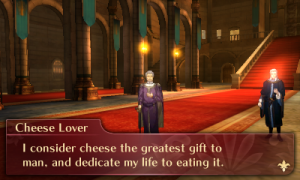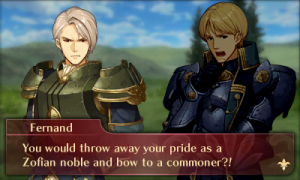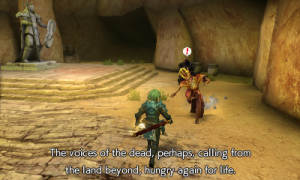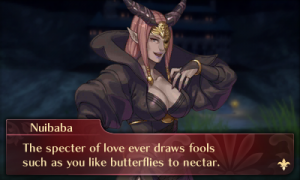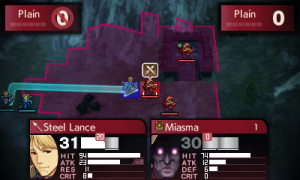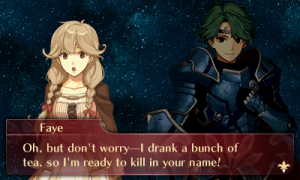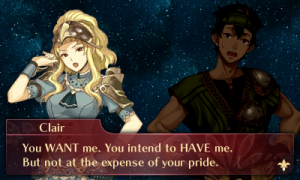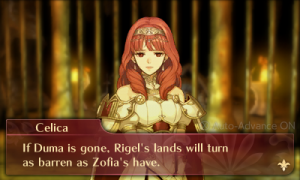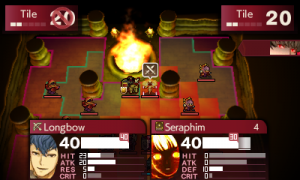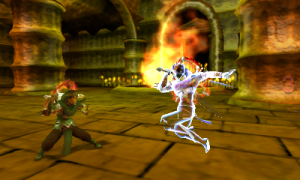- Fire Emblem (Introduction)
- Fire Emblem: Ankoku Ryu to Hikari no Tsurugi
- Fire Emblem Gaiden
- Fire Emblem: Monshou no Nazo
- Fire Emblem: Seisen no Keifu
- Fire Emblem: Thracia 776
- Fire Emblem: Fuuin no Tsurugi
- Fire Emblem (GBA)
- Fire Emblem: The Sacred Stones
- Fire Emblem: Path of Radiance
- Fire Emblem: Radiant Dawn
- Fire Emblem: Shadow Dragon
- Fire Emblem: Shin Monshou no Nazo
- Fire Emblem Awakening
- Fire Emblem: Fates
- Fire Emblem Echoes: Shadows of Valentia
- Fire Emblem (Misc)
The third and final Fire Emblem game on the 3DS seeks to evolve by looking to its past – it’s actually a remake of Fire Emblem Gaiden, the second game of the series. It was always something of an oddball, but this revamp brings back many of its discarded mechanics and give them a chance to shine, while wrapped in the sheen and granted the niceties of the modern entries.
The basic plot hasn’t really changed much – the childhood friends Alm and Celicia find themselves on different fronts of a war waged between Zofia and Rigel, each ruled by the gods Mila and Duma, respectively. But the storytelling, and particularly the characterizations, have been massively improved. Alm and Celicia have much more fleshed out personalities; the same goes for all of rest of the cast, many who barely had a single line in the original game, who are now much more interesting.
This is the first Fire Emblem game where almost everyone is fully voiced, which makes everyone more distinct. Plus the translation, handled by 8-4 (who also did Awakening), is a substantial improvement over the rather dull work on Fates by Treehouse. There’s the usual variety of support conversations, newly added (though not as many as the previous two games), plus “Memory Prisms”, which reveal past interactions between certain characters. The hero also describes the sights, smells, and general atmosphere of the various caves and dungeons, all of which give each area much more identity with just a brief monologue.
A new prologue, acting as a tutorial, with Alm and Celicia as kids, has been added and works as a tutorial. There’s also a brand new final Act, consisting of one very large dungeon, though it’s more like a postgame bonus since it’s incredibly challenging. A few new villager, Faye, has been added to join Alm in the beginning, who has a rather deranged crush on her childhood friend. There’s also a new villain named Berkut, nephew of Emperor Rudolf, who has his own tragic storyline to accompany his final battle.
The gameplay system works much as it did with Fire Emblem Gaiden – unbreakable weapons, no weapon triangle, and no axes. It uses the same single item equipment system (one piece of stat enhancing equipment or a health restorative), you still promote units at Mila statues found in dungeons, and so forth. Archers can still attack at point blank and have incredible range with the right setup, and magic drains HP rather than MP. Each character also has skills, determined by either their class or equipped weapon, many of which are passive bonuses. For example, archers no longer demolish Pegasus riders by default, unless they have the particular skill against airborne enemies.
There’s still the heavy dependence on luck for dealing crits and dodging attacks, plus the importance of terrain in increasing speed. In order to deal with this, Mila’s Turnwheel has been introduced, allowing you to rewind to any previous point in the battle and play things out differently. You can only use it a number of times, but it does help with not only bad tactical decisions but also dealing with unlucky rolls of the dice. With this, the in-game saves have been changed to “bookmarks”, which are deleted upon reloading (like in all of the games pre-Radiant Dawn).
Dungeons are explored from an over-the-shoulder perspective, as you can run past enemies or hit them in order to engage and inflict a bit of pre-emptive damage. Safe areas, like towns and castles, are explored via menus. Here, you can also look around from a first person perspective in order to find items and equipment. A currency system has been added in order to upgrade and refine weapons, though you still can’t buy anything. There are a few subquests too, including one to deliver cheese to the ” Cheese Lover”. It also brings back Thracia 776‘s fatigue system, in a fashion, where overusing a unit causes them to get tired and decrease their stats. However, this only really affects the dungeon crawling areas, and is rarely a big part of the game.
What is unusual is what the developers brought over from the original game. Particularly, many of the maps are almost identical, though some of the enemy counts have been toned down, particularly in the non-mandatory encounters. Some of these maps are really annoying, particularly the desert maps, where almost everyone can only move a single square or two, or even worse, the swamp maps, which has similar movement penalties and saps your health. And even though the storytelling has greatly improved, it still does disappointing things with Celicia’s character. Since Fire Emblem Gaiden, the series has seen a great many number of excellent strong women warriors, and having her (again) reduced to a damsel-in-distress is unfortunate. Perhaps they felt keeping the story faithful was best, but maybe offering an alternate branch would help this aspect feel less stuck in the past. Otherwise, the story is fairly decent for a Fire Emblem game, largely carried by the charming cast of characters.
The visuals are on par with Fates, though the battle sequences look the best they’ve ever been. The music, in particular, is outstanding. Since the Fire Emblem series moved to orchestrated music, many of the tracks have felt rather bland, but in arranging the tunes from the Famicom game, they contain the rowsing melodies that are otherwise missing from the other modern titles. It’s also used a bit differently too – the music doesn’t change with the flow of the battle, but instead changes with the character and with the Act you’re in. The soundtrack CD contained in the game’s limited edition includes both a selection of tracks from the Famicom game and Echoes, for comparison’s sake. All editions also include a reversible 3DS cover case designed to look like Fire Emblem Gaiden‘s box.
Though there are a few particularly frustrating elements, particularly due to some of the maps and relatively high random factors, Fire Emblem Echoes otherwise feels remarkably fresh, despite it being based on twenty five year old game.
